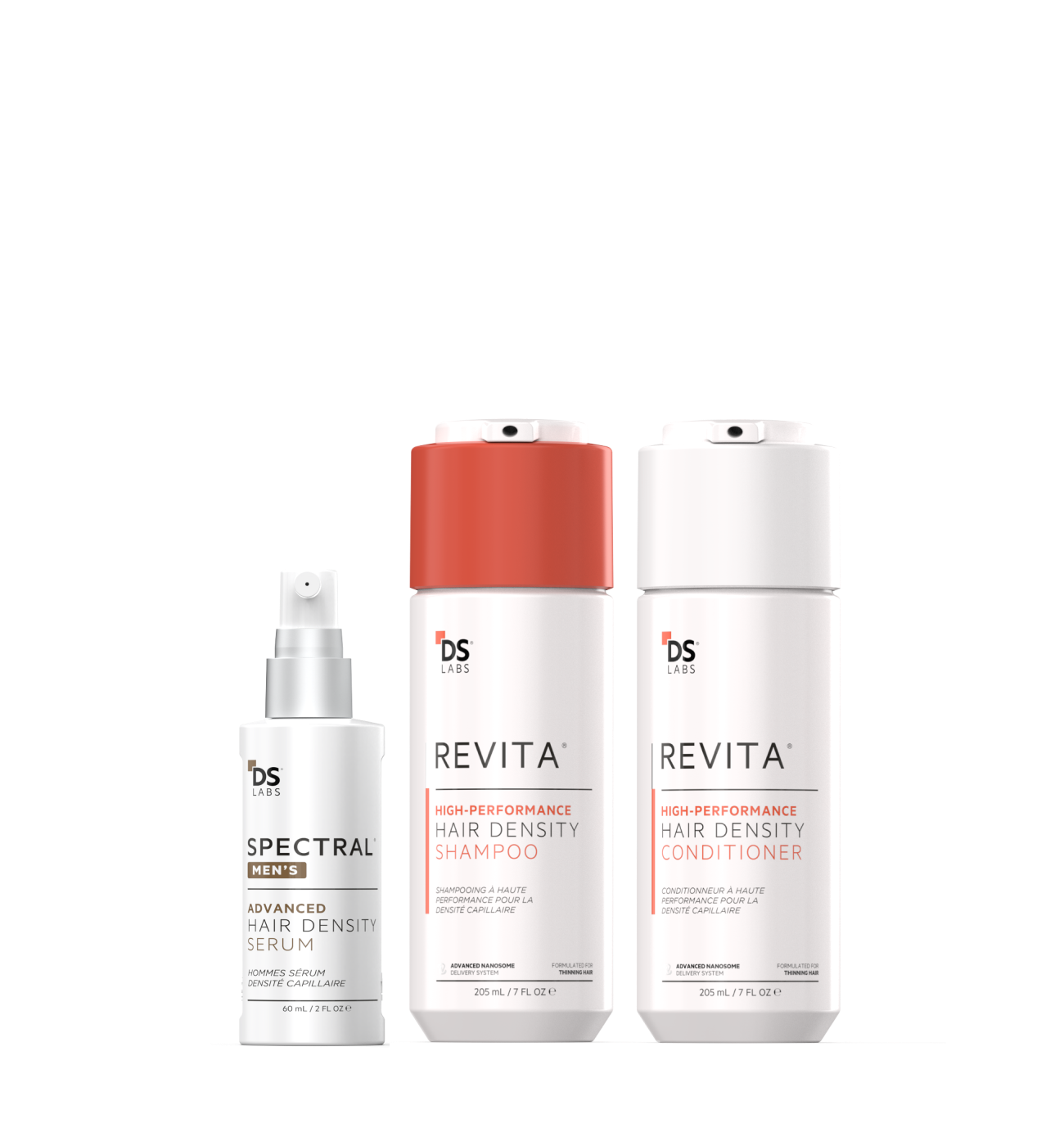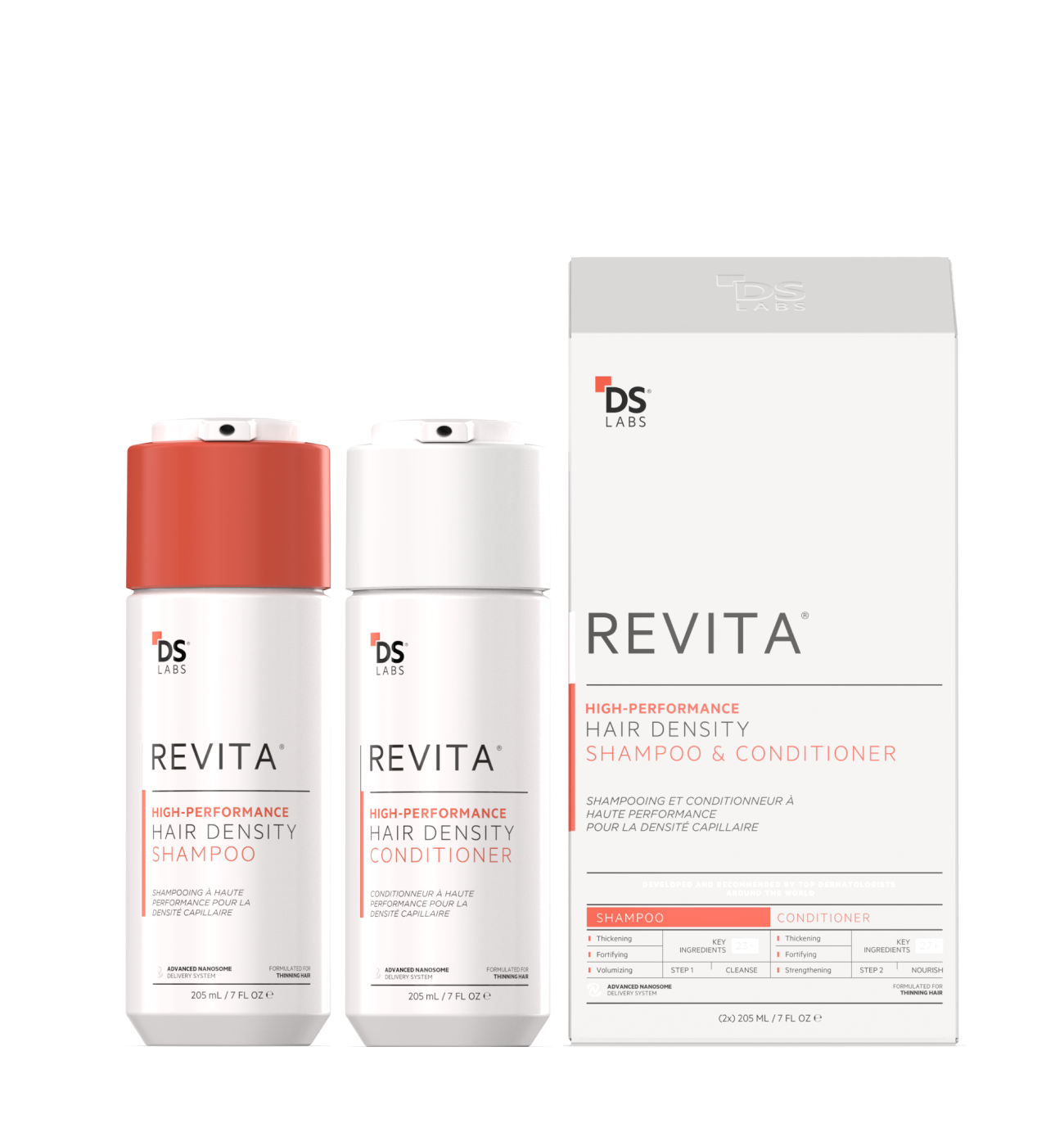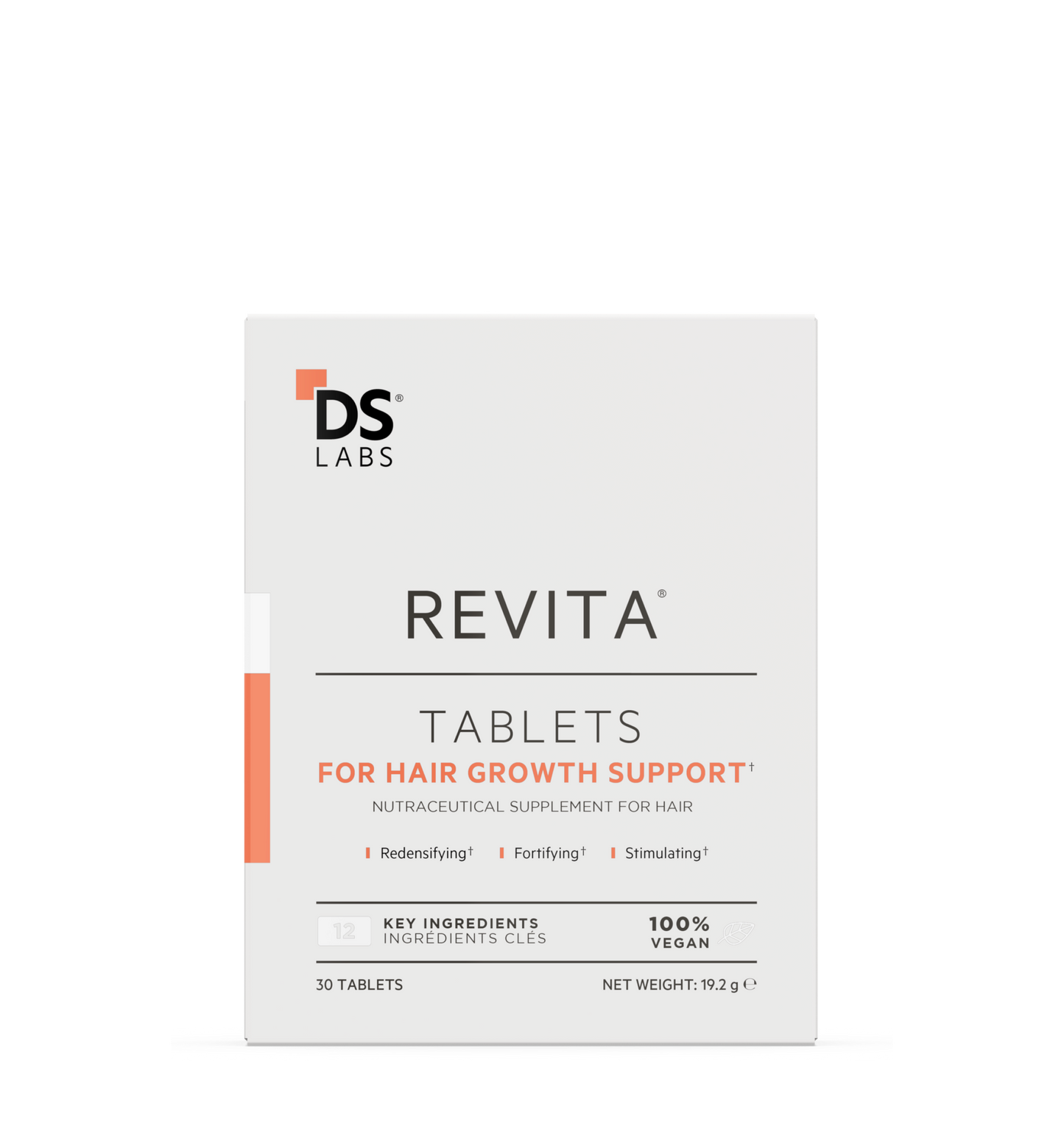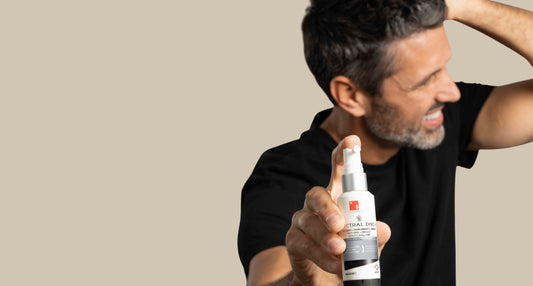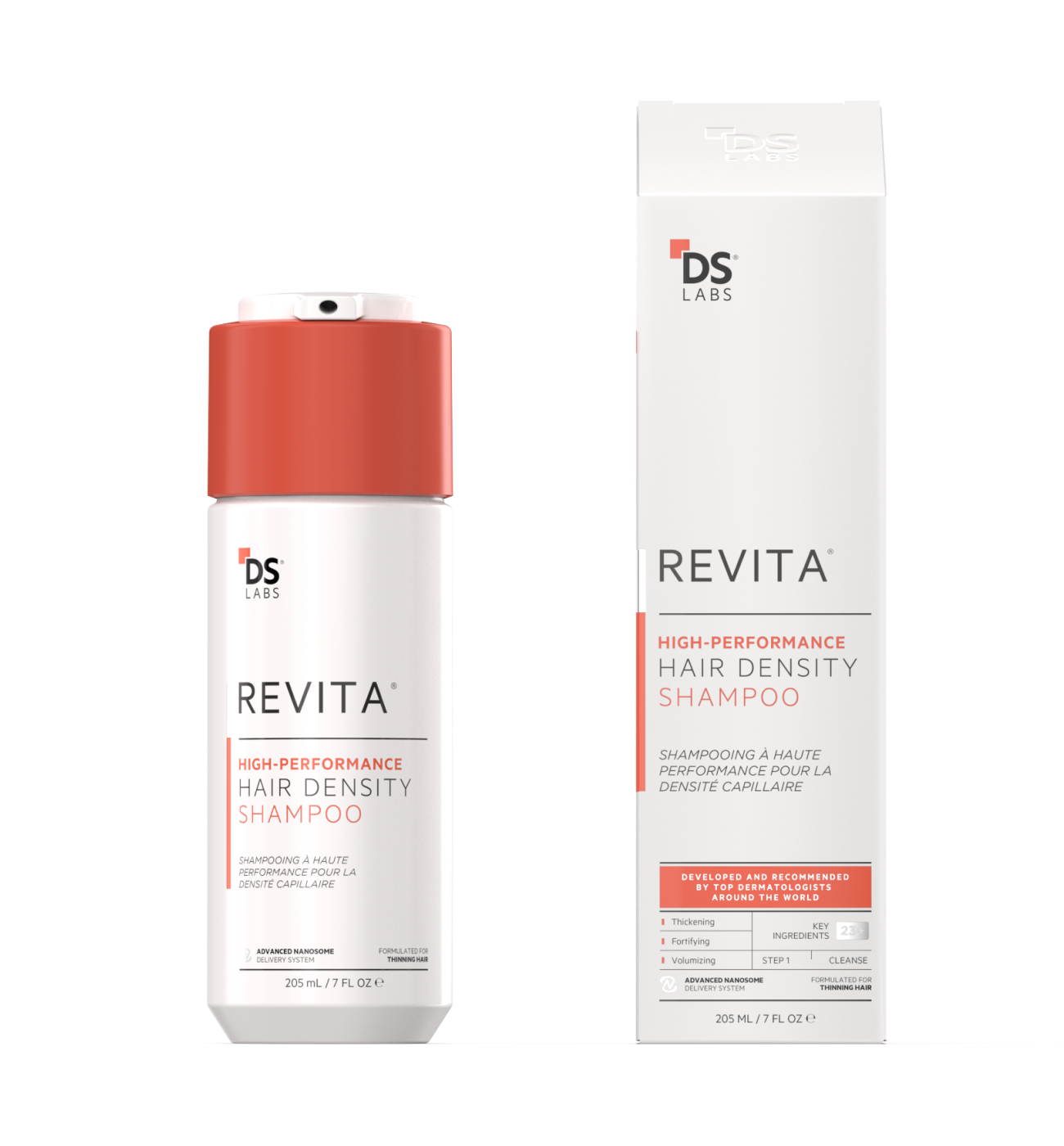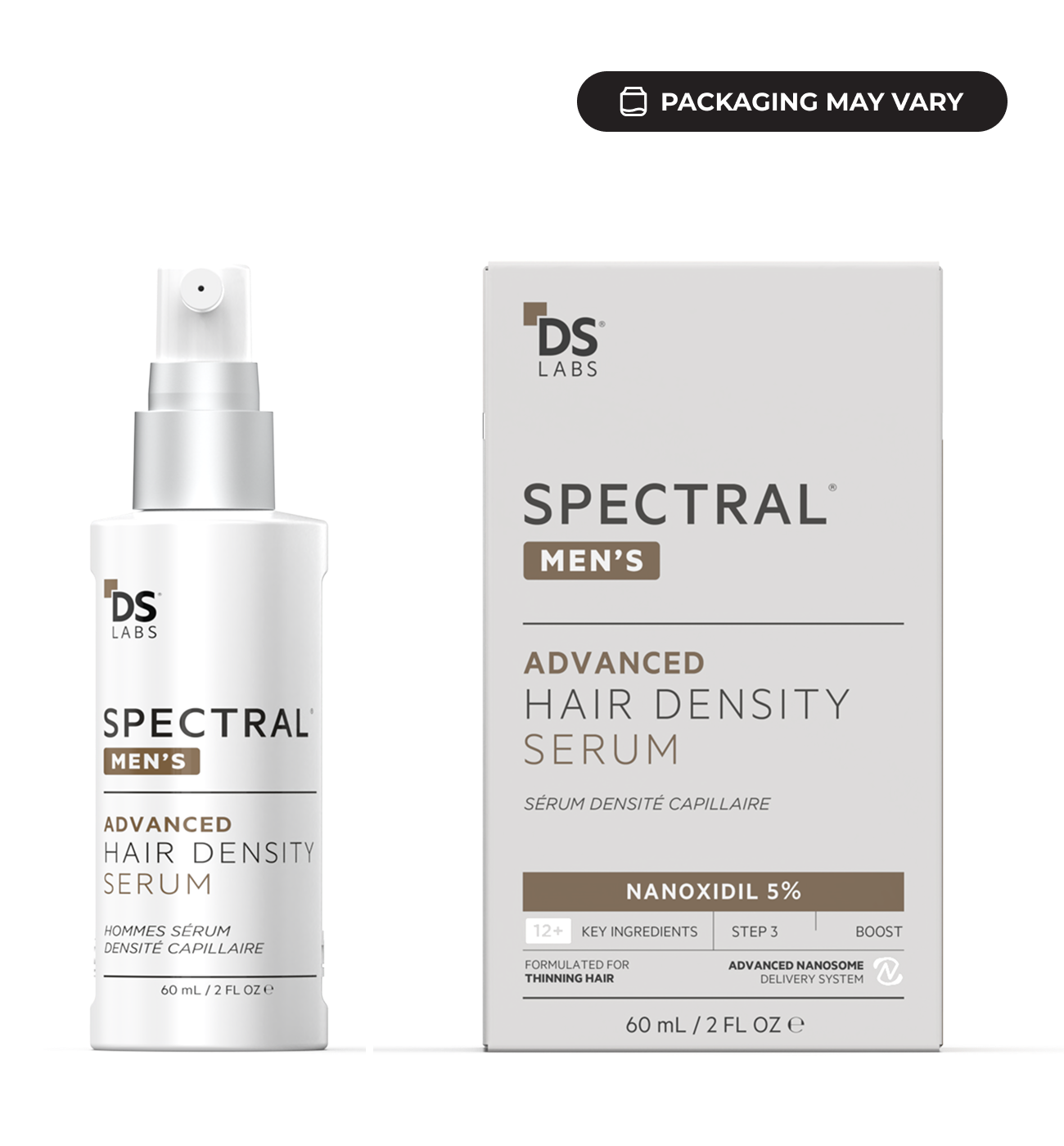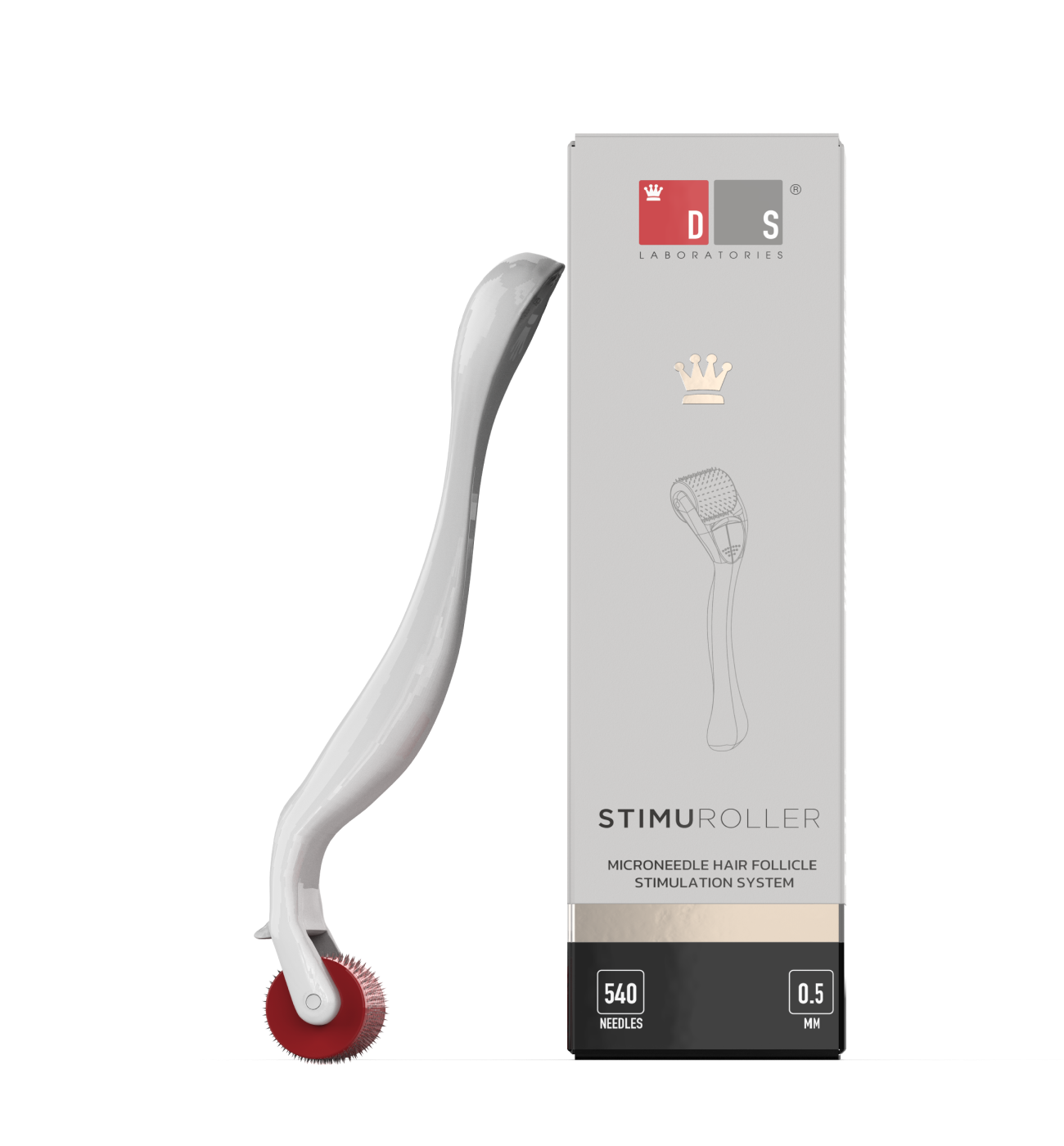Do you find yourself repeatedly reaching for the strands on your scalp to break them? If so, you may have trichotillomania — a mental health disorder that doesn’t just damage your follicles but is also a source of embarrassment, low self-esteem, and shame.
What Is Trichotillomania?
Trichotillomania, also known as TTM or “trich,” is a complex, multifaceted impulse control disorder that is a type of body-focused repetitive behavior (BFRB). It is characterized by hair pulling and is experienced by 0.5% to 2% of the population.
Those with TTM have irresistible, uncontrollable urges to pull out hair from their own body — be it from their scalp, eyebrows, eyelashes, beards, mustache, and even genital area! Some people may also experience other forms of body-focused repetitive behaviors, such as excessive nail biting and skin picking.
Symptoms of Trichotillomania
Trichotillomania varies in severity and can have different triggers, but the main symptoms are:
Urge to Break off Hair
The act of hair pulling can happen in two ways: focused and unfocused.
- With focused or automatic hair pulling, people have an irresistible urge to pull out their hair and feel a sense of tension until they’re able to satisfy their BFRB. Those with TTM describe it as a trance-like state they can’t get out of, so you know how challenging it can be for them to avoid the behavior!
- With unforced hair pulling, people pick their scalp when they’re stressed and anxious without even realizing it. They are completely unaware of their actions, going through the drill almost absent-mindedly.
As always, there are exceptions to the case, so there are people who don’t fit into these categories. These people experience what is called “mixed hair pulling” where individuals with TTM undergo focused and unfocused hair pulling.
Eating Hair
Eating hair — a condition called trichophagia — involves eating one’s own hair.
The condition usually accompanies compulsive hair pulling, but rare cases have also shown that those suffering from this condition may eat the hair of other people, hair extensions, and even brush bristles and animal hair.
Eating hair can cause hairballs to form in the stomach, which can lead to serious health complications.
A Feeling of Relief, Satisfaction, and Gratification from Pulling Hair
The act of pulling hair can give you a hit of dopamine, which can become something of a guilty pleasure in time. Pulling hair, then, can provide a feeling of relief and gratification, which explains why people with TTM find it hard to quit, even when they know there will be consequences later on.
What Causes Trichotillomania?
The exact cause of trichotillomania still isn’t entirely clear, but it could happen because:
- You’re dealing with anxiety, experiencing stress, find yourself “stuck” on a particular thought or feeling, or any other type of negative emotion.
- You have an imbalance in the brain’s chemical signals, similar to what triggers obsessive-compulsive disorder (OCD) or OCD-related health concerns like attention-deficit/hyperactivity disorder (ADHD) and body dysmorphic disorder.
- You have a relative who has TMM or OCD.
- You are experiencing hormonal changes, similar to what a woman undergoes during pregnancy.
With these risk factors, trichotillomania can become a coping mechanism. It can quickly become addictive if not treated early on.
How Is Trichotillomania Treated?
You will need to consult a medical and behavioral specialist to treat trichotillomania. They will provide you with strategies you can use to eliminate internal and external stressors to reduce hair pulling.
Keep in mind that trichotillomania is a complex condition, so its treatment will likely include a combination of psychotherapy and medication.
You may even be prescribed habit reversal training — an effective treatment option that calls for recognizing your triggers, learning how to avoid them, then substituting your hair-pulling habits with another behavior that isn’t problematic. Squeezing a stress ball and drawing are examples of suitable alternative behaviors.
Treatment for depression, anxiety, substance abuse, and other mental health disorders associated with hair-pulling can also play an important role.
Treating trichotillomania might take some trial and error, but if you’re patient and consistent, you’re bound to find something that works for you.
How to Manage Hair Loss from Trichotillomania
Trichotillomania varies in intensity from mild to severe, so some people will experience mild effects while others will see noticeable changes in their physical appearance in the form of hair thinning and bald patches.
Treatment can help reduce hair pulling, but if you’re looking to tackle the after-effects of the condition — such as hair loss — you’ll have to make some holistic lifestyle changes to combat hair loss and restore hair growth.
Here are some tips to help you manage hair loss:
- Avoid tight hairstyles and heat-based tools. They can put stress on your hair follicles, which may make hair regrowth a challenge.
- Occupy your mind and indulge in self-care. As trichotillomania is often accompanied by stress, anxiety, and tension, lowering your cortisol levels can help.
- Use serums with powerful phytoactives to grow fuller, thicker hair.
Friendly tip: Trichotillomania is a mental health disorder, not a habit you can drop when somebody says, “just stop pulling your hair.” The journey to recovery can be long and challenging but having a good support system can make it bearable.
You can also join a support group so you don’t feel alone in your experience. Talking about it might help you reduce your hair pulling, and if the habit isn’t drastic enough, reverse it altogether.
The Takeaway
Trichotillomania, characterized by constant hair pulling, can be a source of shame and embarrassment for those who have it.
But don’t let it define how you live your life!
If you think you have trichotillomania, see a doctor. They can help you recognize your triggers, check for underlying health concerns, and recommend treatment options you can use to reduce your hair pulling so you can live your best life.



